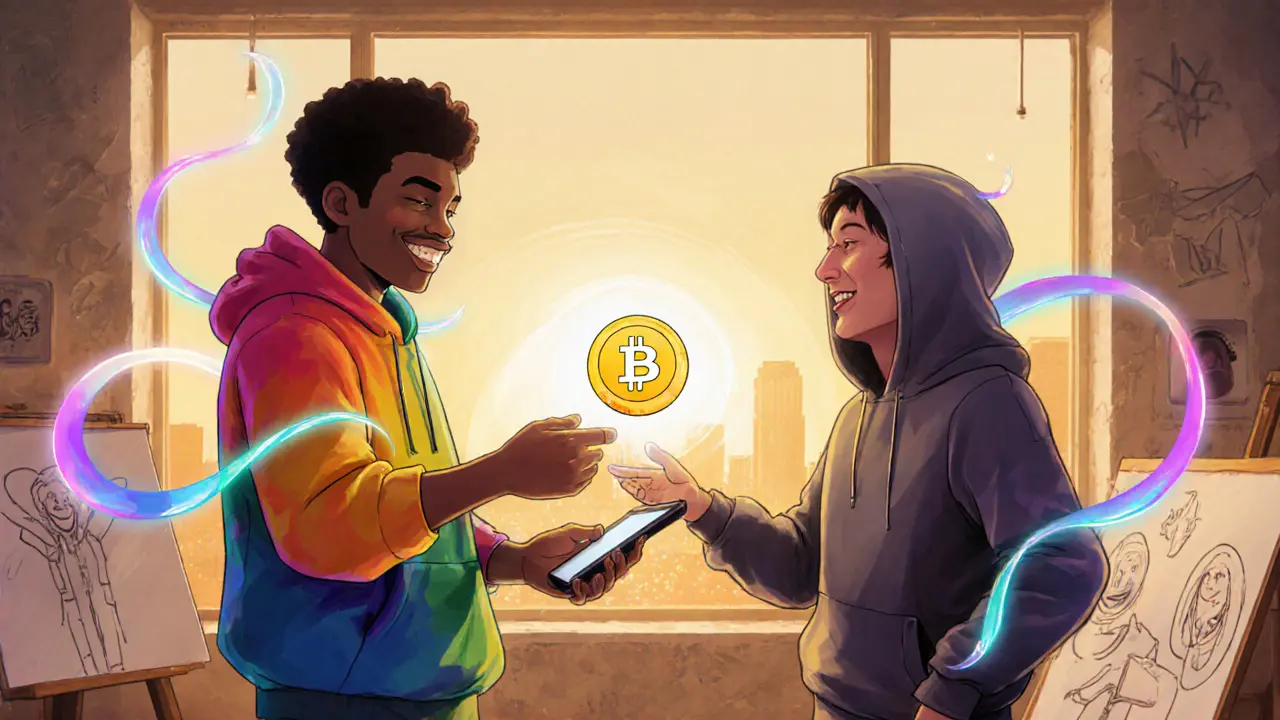Explore how NFTs are changing the creator economy in 2025, from revenue models and blockchain choices to step‑by‑step launch guides and future trends.
Digital Collectibles: Overview & Key Trends
When you hear digital collectibles, unique assets stored on a blockchain that you can own, trade, or display online. Also known as crypto collectibles, they let you prove ownership without a physical certificate. In plain terms, they are the internet’s version of baseball cards, but each piece lives on a secure ledger. Because the ledger is public, anyone can verify that a piece is genuine and that it hasn’t been duplicated. That core idea—proof of scarcity on a decentralized network—makes the whole space feel both futuristic and familiar.
Core Types and How They Connect
One major type of digital collectible is the NFT, a non‑fungible token that represents a one‑of‑a‑kind item on a blockchain. Also called non‑fungible token, NFTs provide the technical backbone for art, avatars, and in‑game items. Digital collectibles encompass NFTs, meaning every NFT you see is essentially a digital collectible, but not every digital collectible is an NFT—some use other token standards or even side‑chains. The key traits are uniqueness and verifiable ownership.
Many projects use airdrop, a free distribution of tokens or NFTs to eligible users. Also referred to as token giveaway, airdrops help launch new digital collectibles and build community. Airdrops influence digital collectibles distribution by giving early adopters a chance to own a piece before the market heats up. They’re a low‑cost way to seed liquidity and create buzz around a fresh collectible series.
Another driver is blockchain gaming, games that integrate NFTs or tokens as in‑game assets. Also known as play‑to‑earn, this space creates demand for collectibles that have in‑game utility. Blockchain gaming drives demand for digital collectibles because players can earn, trade, or upgrade assets that hold real value outside the game. When a character skin or a virtual sword is an NFT, it becomes a tradable collectible you can sell on a marketplace.
Beyond games, creators are turning to digital collectibles to monetize fan loyalty. A musician might release a limited‑edition album cover as an NFT, while a sports team could drop a season‑ticket badge that doubles as a collectible. These uses illustrate how digital collectibles require blockchain verification to keep the scarcity honest. Without that verification, anyone could copy a digital file and ruin the market.
If you’re thinking about buying or creating your own collectibles, start with a few practical steps. First, check the blockchain it lives on—Ethereum, Solana, and BNB Chain all have different fee structures. Second, look at the project’s team and roadmap; a solid plan signals long‑term support. Third, consider the utility: does the collectible serve as a ticket, a game item, or just a piece of art? Finally, protect your wallet with strong passwords and 2FA, because losing access means losing the collectibles forever.
Below you’ll find a curated list of articles that dive deeper into each of these angles—security risks, airdrop guides, NFT project breakdowns, and more. Whether you’re a collector, a creator, or just curious, the posts ahead will give you actionable insights to navigate the digital collectibles landscape with confidence.





